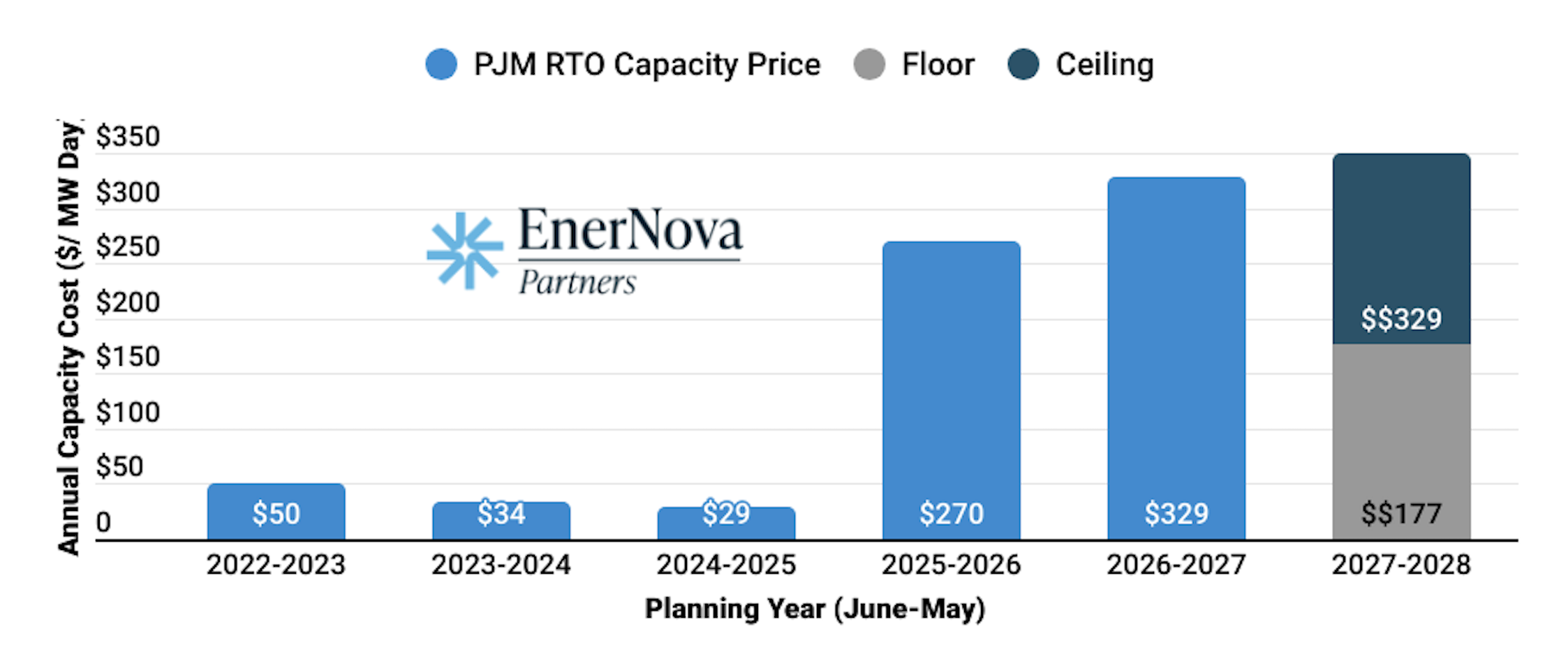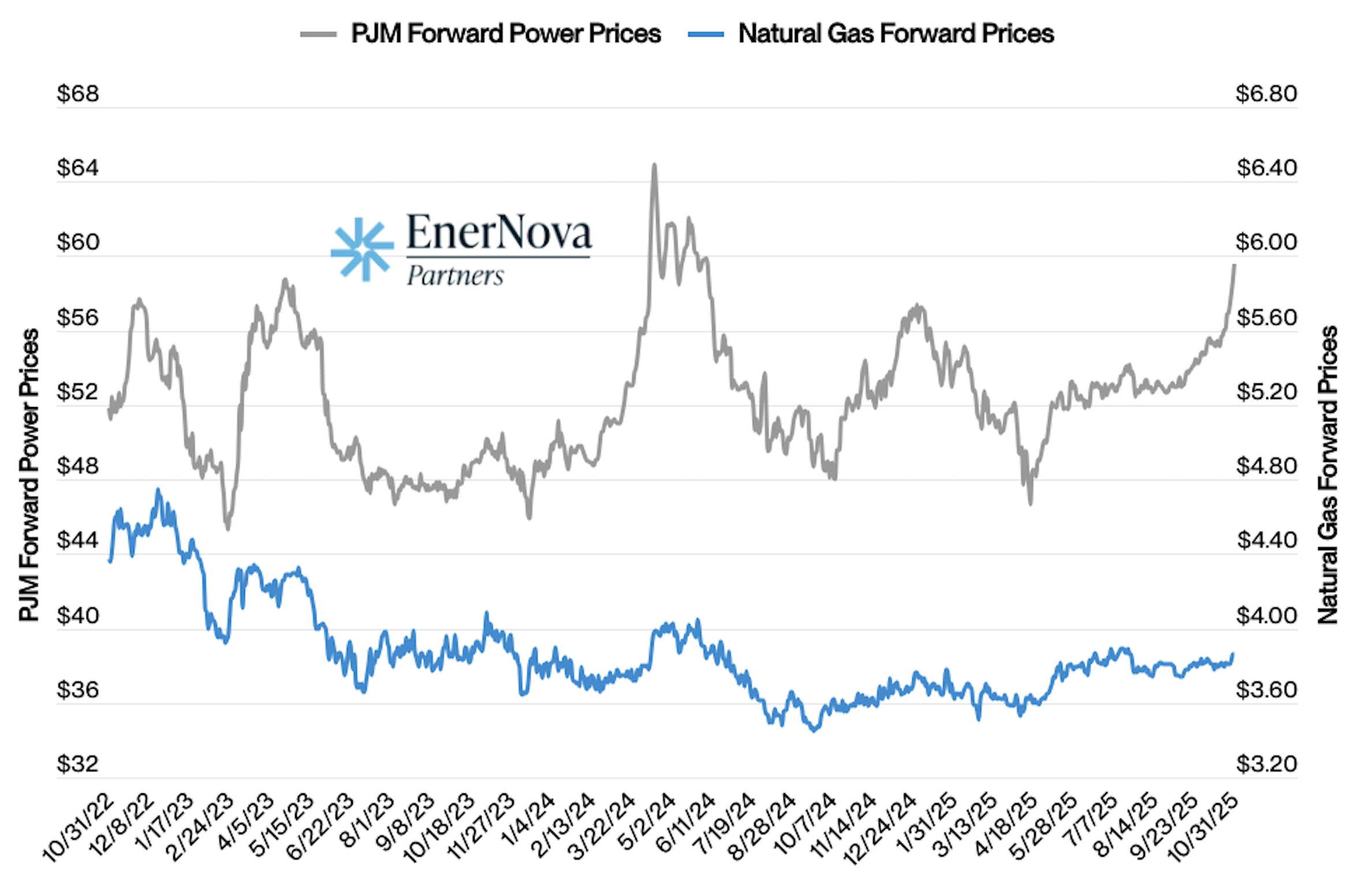Demand Based Charges Will Drive Future Electricity Cost Increases More Than Commodity Prices

Across US power markets, the largest source of future cost increases is expected to come from non-energy components of the bill such as capacity, transmission, distribution, and other reliability charges. These charges are driven less by total energy usage and more by the amount of demand a customer place on the grid during peak conditions. As grid dynamics change, these non-energy costs have become larger, more unpredictable, and more important to manage.

Every regional transmission organization in the country is required to maintain a reserve margin to ensure the grid remains stable during extreme conditions. This safeguard prevents large scale outages. However, it also means that new load cannot connect to the system unless there is sufficient generation available to support it.
The expected rapid growth of data centers is driving significant new demand across multiple regions. In many areas, this growth is outstripping the available supply. To maintain reserve margin requirements, new generation must be developed. The most likely form of future firm generation continues to be efficient natural gas units due to their reliability and scalability. As a result, the long-term cost of electricity remains structurally linked to natural gas fundamentals.
Yet in many markets we are observing a disconnect. Forward electricity prices for coming calendar years have risen sharply, influenced by headlines and hedge fund speculation. At the same time, natural gas forward prices for the same period remain relatively stable. This suggests that electricity may currently be priced above the true fundamental cost of new supply in regions where new generation is already underway or economically justified.

Where customers should be focusing their attention is the part of the invoice that is most controllable. In many markets, over 75% of non-energy costs are driven by demand-based charges. These charges are expected to rise because grid operators and utilities must invest heavily in infrastructure upgrades and reliability improvements to support growing data center load and maintain stable reserve margins. This means that total electricity spend can be reduced not only through purchasing strategy, but through strategic management of load during system peak hours.
The most effective organizations are implementing demand response, peak load reduction, operational load shifting, on site generation strategies, and process controls to reduce their contribution during the few highest stress hours of the year. These actions can reduce total electricity costs by meaningful margins and provide a more stable cost outlook year to year.
EnerNova specializes in designing and executing these strategies. Our team combines deep market intelligence with access to unique demand response and load management products co-created with our network of energy partners. We help organizations move beyond a commodity only approach and manage the full set of cost drivers in their electricity portfolio.
.png)



.svg)